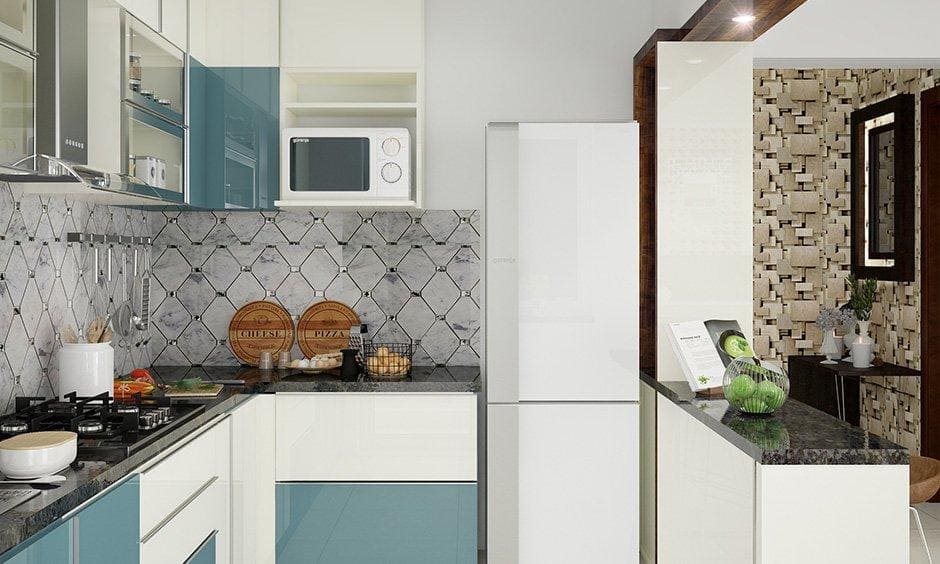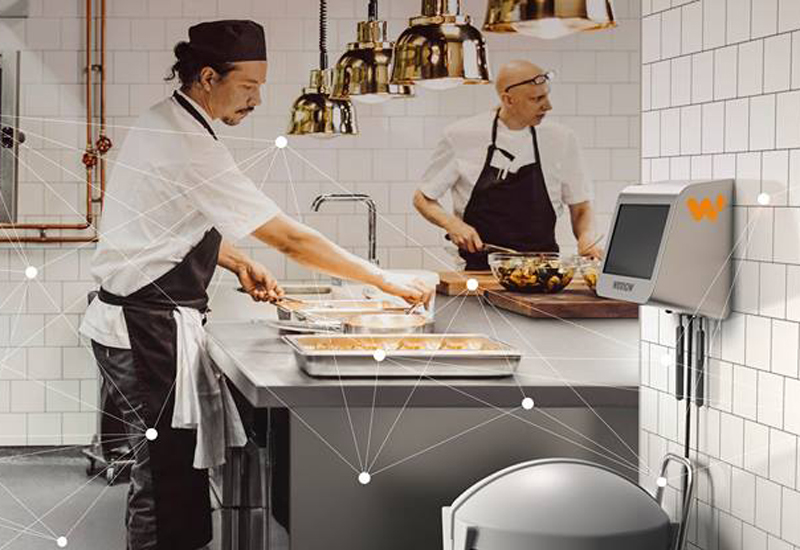In today’s fast-paced world, technology has seamlessly integrated into our daily lives, even within the confines of our kitchens. The advent of voice control for kitchen appliances is reshaping how we interact with our culinary environments. Imagine effortlessly commanding your oven to preheat while you prepare ingredients or instructing your coffee maker to brew your morning cup as you wake up. This is no longer a futuristic dream but a reality that is enhancing the convenience and efficiency of modern kitchens.
The integration of voice control into kitchen appliances is not just about adding a layer of sophistication; it is about revolutionizing the way we manage our kitchen tasks. The primary keyword, voice control for kitchen appliances, is at the forefront of this transformation, bringing a new level of ease and accessibility to our cooking and food preparation routines.

Understanding Voice Control Technology
Voice control technology utilizes advanced algorithms and natural language processing to interpret and execute spoken commands. This technology has seen significant advancements, making it more reliable and user-friendly. In the realm of kitchen appliances, voice control is being integrated into a variety of devices, from ovens and refrigerators to blenders and dishwashers.
How Does Voice Control Work?
At its core, voice control operates through the use of voice assistants like Amazon’s Alexa, Google Assistant, and Apple’s Siri. These assistants are equipped with the ability to understand natural language, enabling them to respond to commands such as ‘set the oven to 350 degrees’ or ‘start the dishwasher.’ The appliances are connected to the Internet of Things (IoT), allowing them to communicate with the voice assistant and execute tasks seamlessly.
Benefits of Voice Control in the Kitchen
The integration of voice control in kitchen appliances offers numerous benefits that make daily cooking and meal preparation more enjoyable and efficient. Here are some key advantages:
1. Hands-Free Convenience
One of the most significant advantages of voice control is the ability to operate appliances hands-free. This feature is especially beneficial when your hands are occupied with cooking tasks or if you want to avoid cross-contamination by touching appliance buttons or knobs.
2. Enhanced Accessibility
For individuals with mobility challenges or disabilities, voice control provides a level of accessibility that was previously difficult to achieve. It empowers users to interact with their kitchen appliances without physical limitations.
3. Time-Saving Efficiency
Voice control streamlines kitchen tasks, allowing you to multitask effectively. You can set timers, adjust cooking temperatures, and even reorder groceries without having to stop what you’re doing.
Popular Voice-Controlled Kitchen Appliances
Several kitchen appliances now come equipped with voice control capabilities, catering to various cooking styles and preferences. Here are some popular options:
Smart Ovens
Smart ovens with voice control offer precise temperature and cooking time settings. You can preheat the oven, set cooking modes, and receive notifications when your dish is ready.
Connected Refrigerators
Modern refrigerators with voice control can help you manage your grocery lists, set expiration reminders, and even suggest recipes based on the ingredients you have.
Intelligent Coffee Makers
Imagine waking up to the aroma of freshly brewed coffee without lifting a finger. Voice-controlled coffee makers can start brewing your favorite blend with a simple command.
Challenges of Implementing Voice Control
While the benefits of voice control are significant, there are also challenges to consider:
1. Privacy Concerns
With voice control, privacy is a concern as these devices are always listening for commands. Users must be cautious about the information shared and ensure secure network connections.
2. Initial Setup and Compatibility
Setting up voice-controlled appliances may require technical knowledge, and compatibility issues could arise if devices are not designed to work seamlessly together.
The Future of Voice Control in Kitchens
The future of voice control for kitchen appliances is promising. As technology continues to evolve, we can expect even more sophisticated features and integrations. The ability to control multiple devices with a single command, customized voice profiles, and improved natural language processing are just a few advancements on the horizon.
Integration with Smart Home Ecosystems
Voice control will become more integrated with smart home ecosystems, allowing for a unified experience where appliances communicate with each other and with other smart devices in your home.
Personalized Cooking Experiences
Future voice-controlled kitchen appliances may offer personalized cooking experiences based on individual preferences and dietary needs, making meal preparation more tailored and enjoyable.
In conclusion, voice control for kitchen appliances is reshaping the way we interact with our culinary spaces, bringing convenience, efficiency, and innovation to our daily routines. As technology evolves, the possibilities for voice-controlled kitchens are virtually limitless. To learn more about the potential of voice technology, visit voice technology.

FAQ Section
1. Are voice-controlled kitchen appliances difficult to set up?
Setting up voice-controlled appliances is generally straightforward, but it may require connecting the appliance to Wi-Fi and a voice assistant device.
2. Can I control multiple appliances with a single voice command?
Yes, many voice assistants allow you to group appliances together and control them with a single command for added convenience.
3. How secure are voice-controlled kitchen appliances?
Security measures are in place for voice-controlled appliances, but it’s essential to use secure networks and regularly update device software to protect privacy.
For more information on voice assistants and their applications, check out our article on voice assistants.
This article contains affiliate links. We may earn a commission at no extra cost to you.





